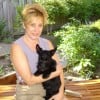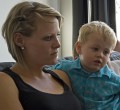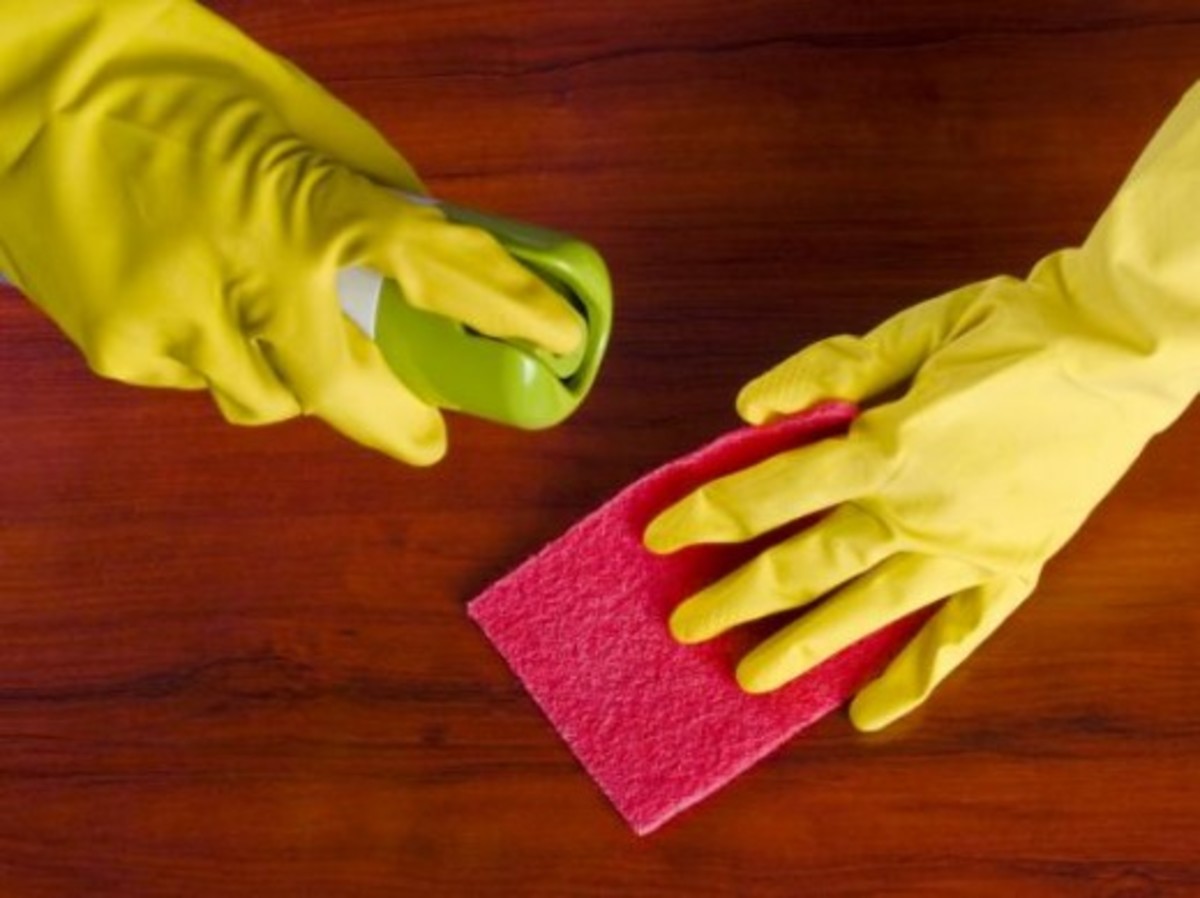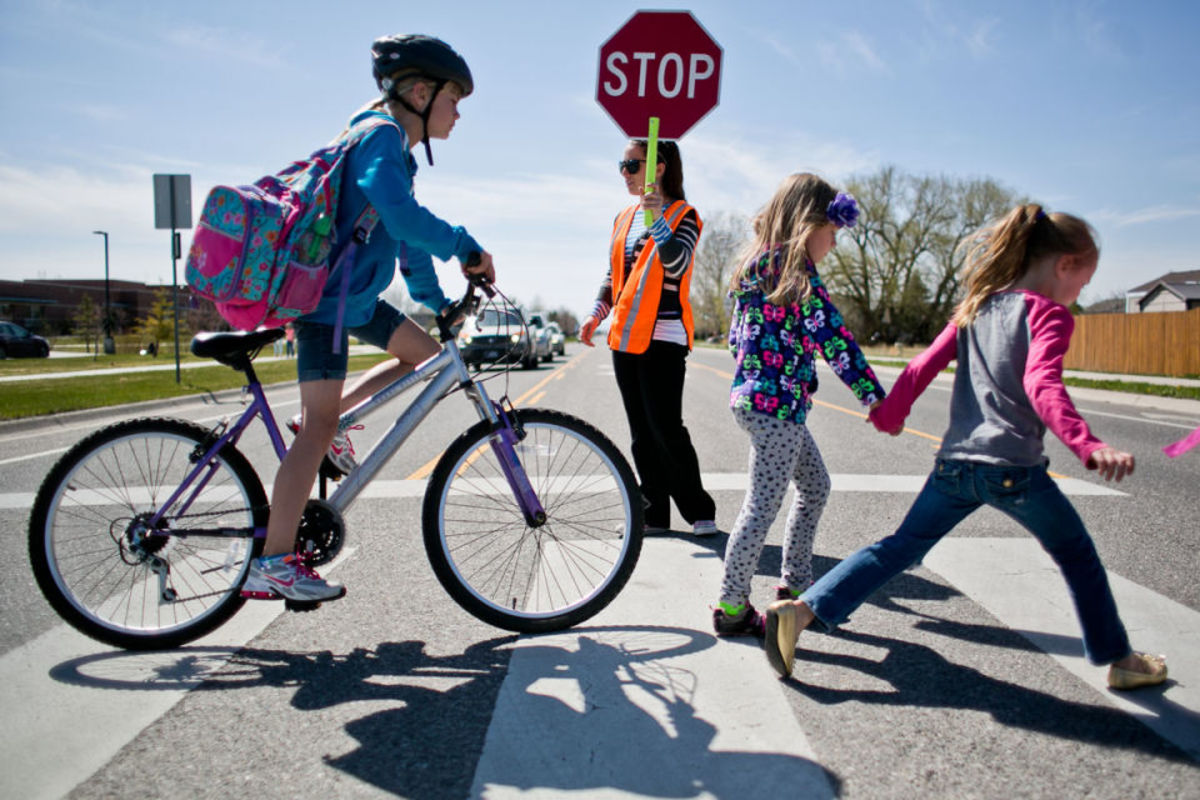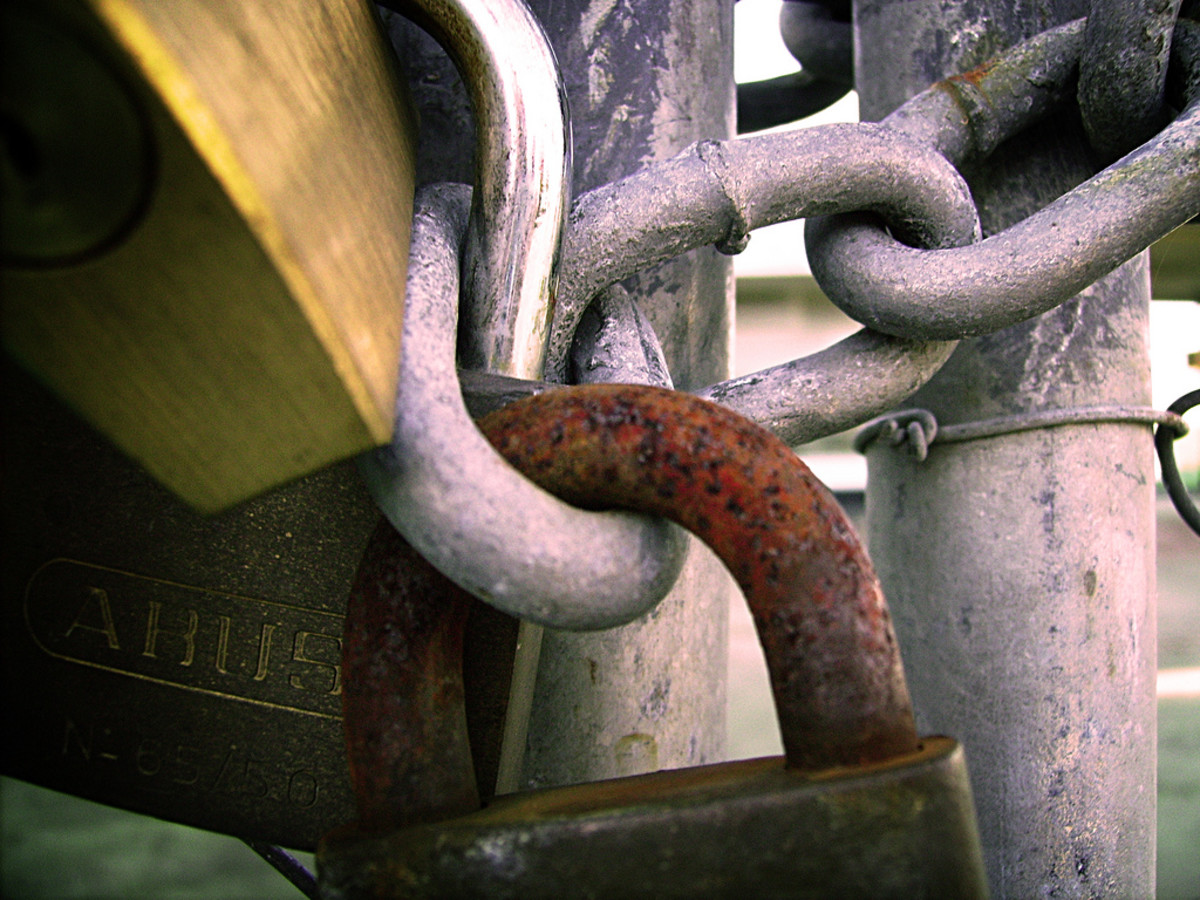Child Care Center Safety
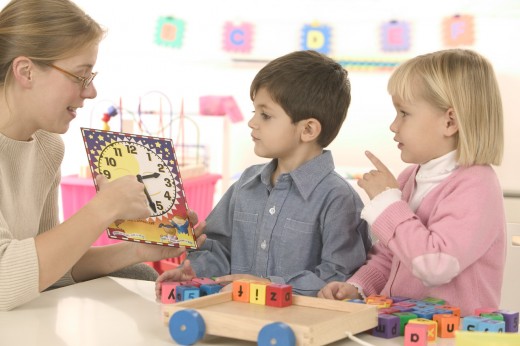
Safety Basics
Let's pause a moment to salute those fearless and tireless individuals who tend our bawling, tantrum-throwing kids...um...I mean precious little angels. Child care is a physically and emotionally taxing job. Child care workers must be constantly alert, anticipate and prevent trouble, deal effectively with disruptive children, and provide fair, but firm, discipline. They must constantly stand, walk, bend ,stoop, and lift to attend to each child's interests and problems. And they have primary responsibility for the safety of the children and themselves. To the uninitiated, childcare may not seem like a hazardous occupation, but workers are dodging hazards from projectile vomiting to purple Barney tripping objects. Follow these guidelines to keep your childcare employees healthy, happy, and sane.
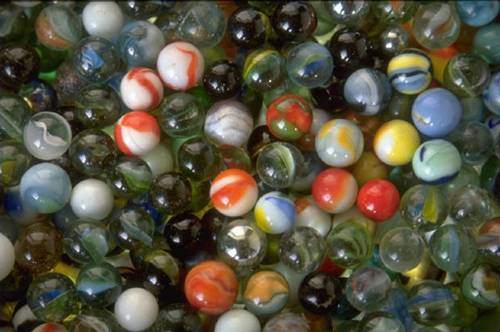
Hazard Categories
The three primary hazard categories in child care centers are physical, biological, and chemical. Childcare workers need to plan ahead to avoid the common sources of injury and illness and pay constant attention to their own safety while they supervise the children.
Physical Hazards - Cases per 10,000 full-time workers
Injury Type
| Number of Injuries
|
|---|---|
Sprains
| 59.8
|
Fractures
| 10.9
|
Cuts/punctures
| 2.4
|
Bruises
| 20.0
|
Back pain
| 15.1
|
DisordersMultiple traumatic injuries
| 8.3
|
Disorders
| 27.6
|
Prevent Physical Injuries
Lifting
Teach your employees the proper bending/lifting techniques and spare them a possible lifetime of back pain.
- Bend at the knees and lift with the legs; do not bend at
the waist and lift with the back. Lifting with the back turns your spine into a fulcrum and puts the weight of the load at its weakest point.
- Better yet, don't lift at all. Find ways to reduce lifting. Install steps up to the changing table, sink, or fountain so the children can reach them on their own. When talking with children, kneel down to their level instead of bending over them or lifting them.
- Don't bend or hunch when wiping or setting low tables or cots; bend your knees and keep your back straight. This aligns your spine's natural curve and protects your back from strains.
- Purchase adult-sized furniture and use it. Don’t try to fit yourself into child-size chairs or play equipment.
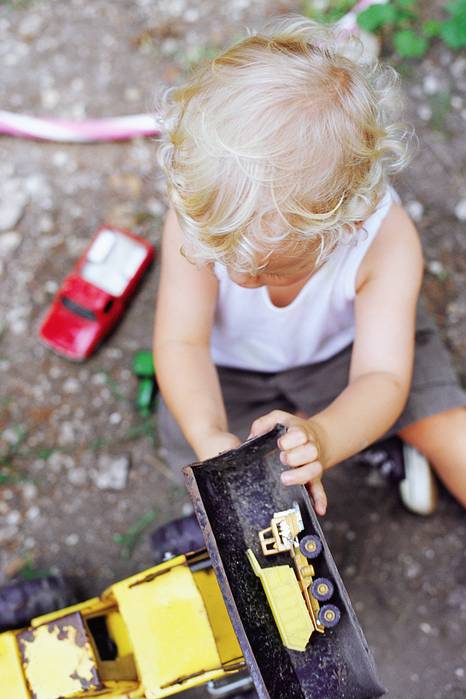
Slips, trips, and falls
Working
around small furniture, zillions of toys, and squirming children increases the risk of slips, trips, and falls. Teach your employees to:
- Wear sturdy, comfortable shoes with good traction
- Walk slowly, especially when carrying children or loads, which can obstruct their view
- Clean up scattered toys between activities
- Clean
up liquid spills immediately
- Ensure that rugs and mats are secure
- Use absorbent mats in areas where there may be water on the floor, especially around drinking fountains and bathroom sinks where children may splash or spill water
- While on playgrounds pay attention to where they are walking and don’t climb on play equipment unless it is sturdy enough to support the weight of an adult
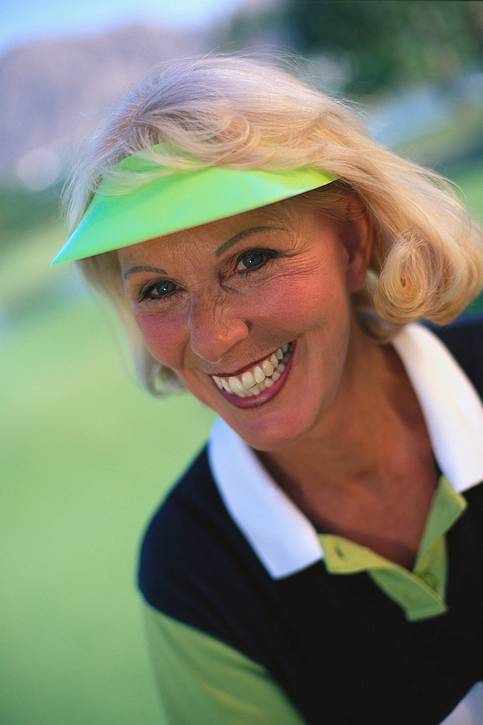
Weather hazards
Keep an eye on the weather when supervising children outdoors. Wear a hat or sunscreen to protect against harmful (and aging) UV rays. Outdoor play can also lead to heat or cold stress depending on the season. Dress appropriately and watch for symptoms of environmental stress. In hot weather these can be profuse sweating, muscle cramps or weakness, dizziness, rapid breathing, and nausea. In cold weather signs of hypothermia include uncontrolled trembling, loss of sensation in hands and feet, loss of reflexes, and confusion. Unless these are your normal characteristics while supvervising the various little Madisons, Brandons, and Emilys, take heed and take action!

Prevent vehicle accidents
Insist that children sit and talk quietly whenever you are transporting them in a vehicle. Do not allow rambunctious play, loud music, shouting, or video games that may distract you. If it becomes necessary to settle down unruly little darlings, pull the vehicle off the road, park in a safe place, and put the gear in “park” before attempting to calm the situation.
Reduce stress
No kidding! Working daily with children, AND their parents, can be stressful. There should always be at least two childcare workers available and they should take care to relieve one another during stressful situations. Have them alternate performing the more unpleasant tasks, such as diapering, and let each other take momentary breaks away from the children.
- Even a few minutes of quiet time will enhance their ability to cope
- Take turns sharing tasks, like preparing snacks, that don’t directly involve the children
- Insist on a daily nap time - for the children that is!
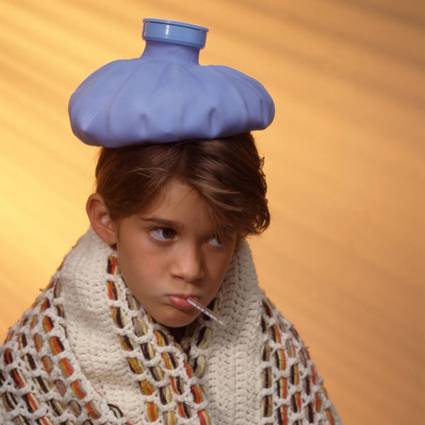
Learn more about disease control
- Centers for Disease Control and Prevention
CDC Centers for Disease Control and Prevention - Your Online Source for Credible Health Information
Prevent Biological Hazards
Vaccinations
Child care centers can be rife with germs from dozens of runny noses and grubby hands. Colds, flu and other common infectious diseases spread easily through physical contact and the daily sharing of toys, food, and sleeping mats.
Though immunization rates have increased over the years infectious diseases such as
chicken pox, polio, rubella, mumps, and measles are still potential hazards to child care workers.
Consider these vaccinations for your workers:
- Chicken pox
- Measles
- Mumps
- Polio
- Tetanus
- Diphtheria
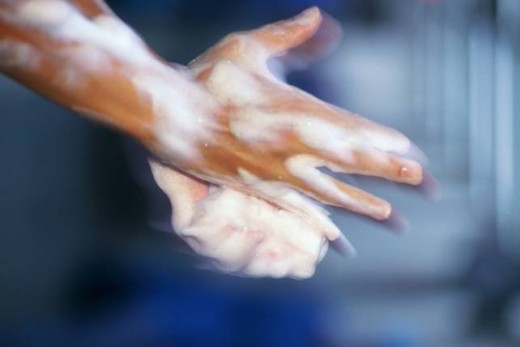
Handwashing
Hand washing is the single most effective way to stop the transmission of infectious diseases that are commonly spread through child care centers. It is a simple action, but takes time and energy so make sure your facility has convenient sinks so adults and children can wash their hands frequently.
Teach employees to wash their hands:
- After handling sick children
- After changing diapers
- After helping children in the toilet
- Before preparing food
- Before eating
- Before leaving for the
day
Instruct children about the proper use of running water, soap, and single-use/disposable towels. Don't assume they know anything about personal hygiene. Encourage and monitor their hand washing activities.
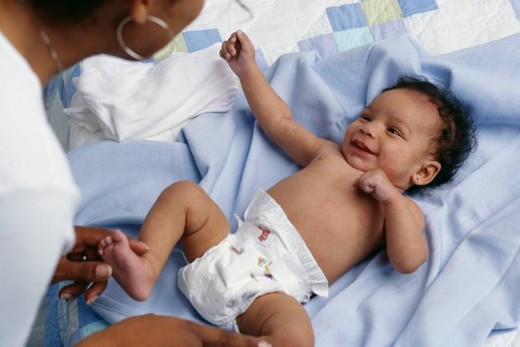
Disinfection
Poo patrol is nobody's idea of a good time but diapering areas must be carefully disinfected after each use. Instruct staff to wear clean latex gloves every time they change diapers to prevent spreading disease.
Have them frequently wash down tables, counters, and sink handles with a mild bleach solution and wear smocks or aprons when performing infant care. Change and wash smocks daily.
More Resources
- Child Care: Day Care Safety Checklist
What to look for when visiting prospective day care centers and family day care homes. - Health & Safety in Child Care
Whether you're a parent, caregiver, organization, employer, or school, we offer you a full range of trusted child care resources and information services tailor made to fit your needs. - National Resource Center for Health and Safety in Child Care and Early Education
The center provides health and safety resources for parents, child care providers, regulators, and child care health consultants.
Frequently Cited Hazards
Some of the most commonly cited hazards identified during child care center safety inspections are:
- Non-GFI protected electrical outlets within 6 feet of sinks. Without ground fault interruption protection, electrical appliances such as toasters or coffee makers become electrocution hazards if knocked into a sink full of water.
- Flammable or combustible materials stored in water heater or furnace closets. It is a severe fire hazard to store any flammable liquids, household cleaning products, or combustible materials near open flames or pilot lights.
- Unprotected electrical outlets. Children who poke metal objects into these are in for a hair raising experience.
- Plastic bags within reach of children. These are a suffocation hazard.
- Diapering areas not sufficiently separated from play areas.
- Not enough caregivers.
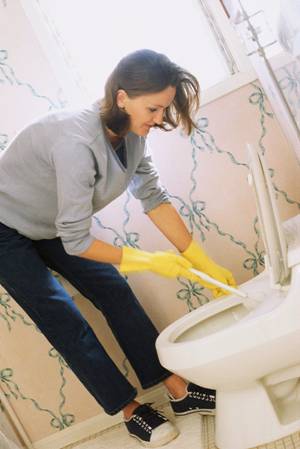
Prevent Chemical Exposures
Dermatitis is a common occupational health hazard in child care centers. Types of chemicals caregivers and children may be exposed to include cleaning and disinfecting solutions, soaps, art materials, and pesticides.
-
Always use the mildest concentration of a cleaning product that will get the job done
- Replace hazardous products with nontoxic substitutes. If no substitute is available, eliminate the product or get the job done by a professional
- Use cleaning products as directed
- Read the label prior to use and follow the instructions and warnings
- Wear gloves whenever using cleaning products
- Store them on high shelves or in locked cabinets where children cannot reach them
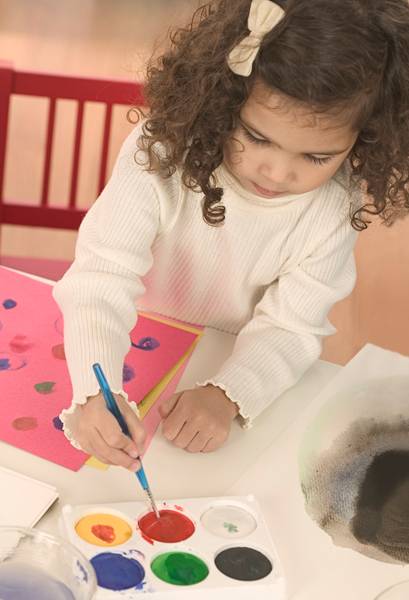
Art supplies
Powdered or liquid paints, permanent markers, dry clay, inks and other types or aft supplies can cause respiratory and skin irritation.
- Ensure that all arts and crafts materials used in your child care center are nontoxic
- Do not let children or staff eat or drink anything while using art materials
- Do not use old or donated materials, or materials that have lost or illegible labels. You don't know what ingredients they might contain.
